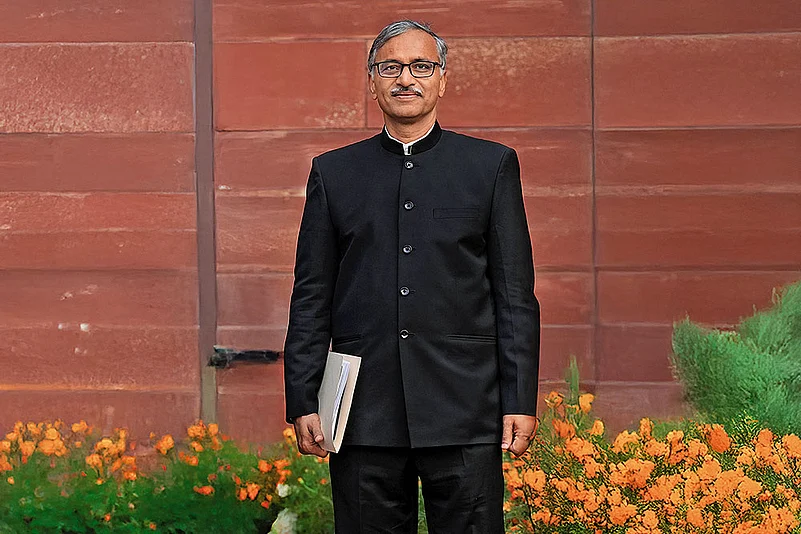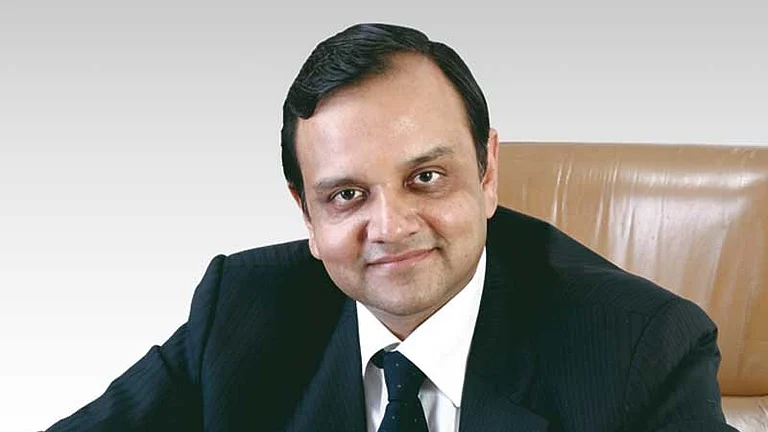Will India see only modest increases in capex allocation now on?
During the covid-19 period, the government had to significantly increase both capital and revenue expenditure. As a result, the fiscal deficit surged to 9.2%—a level clearly unsustainable in the long term.
However, given the extraordinary circumstances, the focus was on investing in the economy through capital spending while addressing immediate revenue needs. Even state governments saw their fiscal deficits rise during this time.
Recognising the need for fiscal consolidation, the finance minister had announced a roadmap to bring the deficit below 4.5% by the financial year 2026.
Since then, the numbers have been gradually normalising. The current figures reflect a return to stability, unlike the crisis-driven spending of the pandemic era.
Is the Centre more keen on boosting consumption than crowding in private investment through capex?
The consumption story is crucial, and a weakness in demand was felt. This prompted certain tax measures to address the issue. However, the capex story remains alive. It is only that one should not expect a 25–30% year-on-year increase for a long time.
Since capex is a component of total expenditure, if the overall spending grows at around 10%, maintaining such high capex growth would eventually consume an unsustainable share of the Budget.
This would lead to a decline in other key expenditures, such as defence and revenue spending, making the fiscal balance untenable.

What role does the private sector have in this context?
For some time now, the Economic Survey and documents released by the Economic Division have emphasised the need for the private sector to step up in the investment cycle.
More importantly, they have highlighted that while corporate profitability was quite high in the post-covid years, these profits have not been directed, as expected, toward new capital formation or employee remuneration. The idea is that the corporate sector now has the opportunity to take on a higher role in creating new capacity and making investments.
As a government, we keep getting the suggestion that the regulatory environment remains an issue. On the reform front, the finance minister, in her Budget speech, announced several steps to address the concerns regarding regulatory overload. Four specific measures were introduced in the Budget—three at the central government level and one at the state government level—to ease the regulatory burden.
At the central government level, the FSDC [Financial Stability and Development Council] will look into financial regulations. A high-level committee will be formed to
address non-financial regulations, and a Jan Vishwas Bill 2.0 will be pursued.
On the state government side, the introduction of the investor-friendliness index will nudge states to assess their regulations and improve them to attract greater investment.
"The corporate sector now has the opportunity to take on a higher role in creating new capacity and making investments"
How does the Centre plan to help states become more investor-friendly?
The investor-friendliness index is one part of the broader reform initiative. Another component is the 50-year scheme, which includes reform elements. The government has introduced the Urban Challenge Fund.
This fund aims to support municipal bodies in developing bankable projects. The Government of India will provide a certain amount of funding, with contributions from banks and other financial institutions, which will collectively support urban infrastructure projects.
The goal is to improve the quality of life in urban areas, which requires substantial investment in municipal services and infrastructure. The hope is that state governments and municipalities will leverage this fund.
How can the Budget’s Rs 500 crore allocation for AI take India ahead?
The [Union] cabinet approved an AI project in March last year which was further detailed by the minister for the Ministry of Electronics and Information Technology (MeitY) a few days ago.
The AI mission, which involves the acquisition of 18,000 GPUs [graphics processing units], is focused on developing foundational models based on Indian culture and languages. The aim is to create a new AI model that reflects these unique elements.
The minister pointed out that the new models developed have already achieved impressive performance with relatively lower investment. So, money is not an issue. It is more about algorithmic efficiency.












